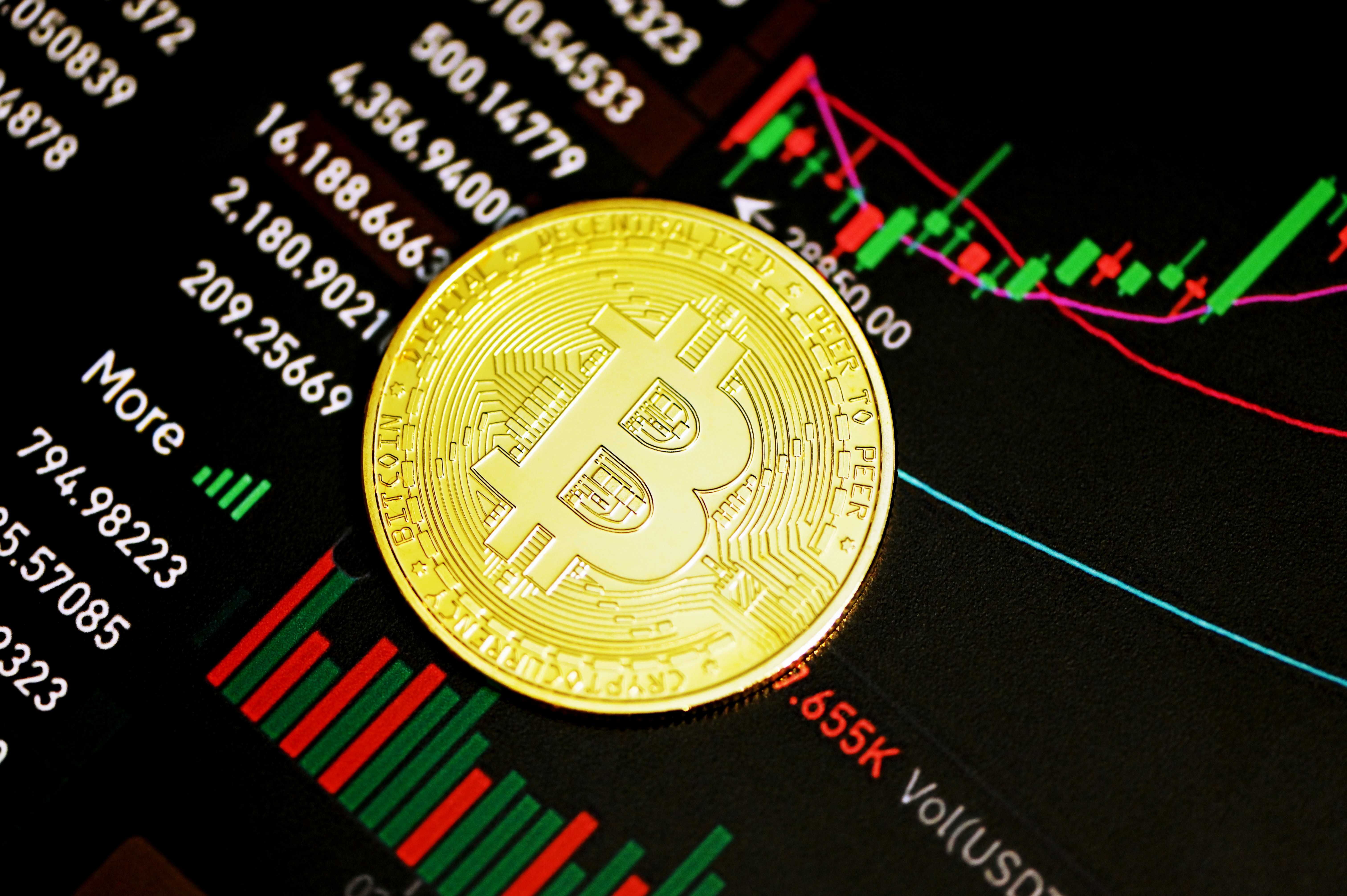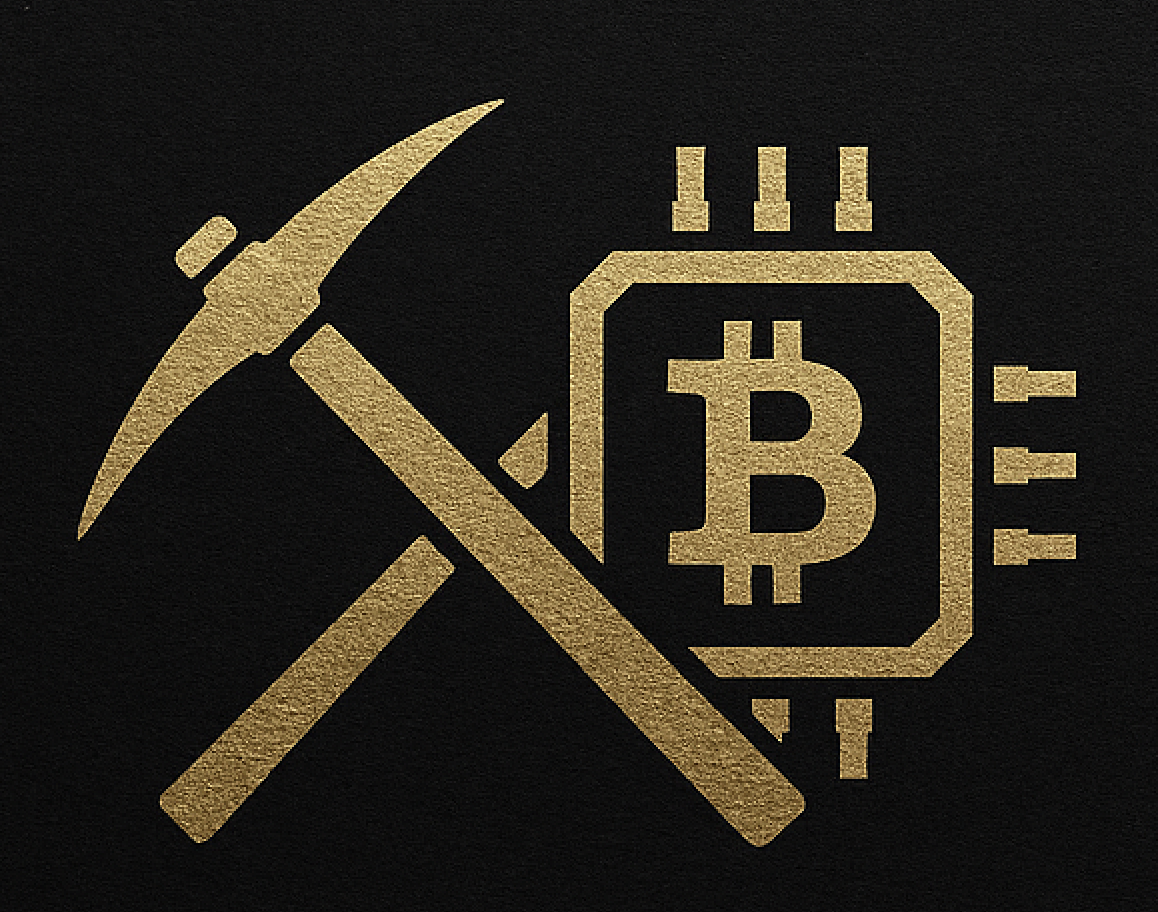Bitcoin, Energy, and the Macroeconomic Future
Published: June 29, 2025 · BitcoinMiningHub Editorial

As global economies wobble under the weight of inflation, energy nationalism, and monetary experimentation, Bitcoin stands at the intersection of two defining forces: decentralized money and distributed energy.
The Energy-Money Nexus
Bitcoin mining is inherently energy intensive — and that’s a feature, not a bug. The conversion of electricity into a trustless ledger links the network directly to global energy markets. In regions where hydro, flare gas, or stranded renewables exist, mining becomes an elegant economic sink.
For forward-thinking miners, understanding local energy policy is as important as understanding Bitcoin’s monetary policy.
Macroeconomic Trends That Matter
- Inflation and Rate Volatility: Higher interest rates impact capex decisions for ASICs and infrastructure.
- Energy Sovereignty: Countries are weaponizing energy exports — localization of mining is rising.
- Digital Reserve Debates: Nations are increasingly curious about Bitcoin on balance sheets.
Strategic Moves for Miners
Going forward, miners who survive and thrive will be those who treat power procurement, hardware efficiency, and political geography as primary inputs — not just hashrate.
Here’s what we expect:
- Longer-term power contracts with renewables
- Greater investment in mobile/modular ASIC infrastructure
- Strategic footprint in stable jurisdictions with energy surplus
Looking Ahead
Bitcoin remains the most secure, energy-anchored monetary network. As monetary systems continue to fragment and energy flows reshape geopolitics, miners sit in a pivotal position. Mining is no longer just about blocks — it's about economic placement in a new energy-money paradigm.
